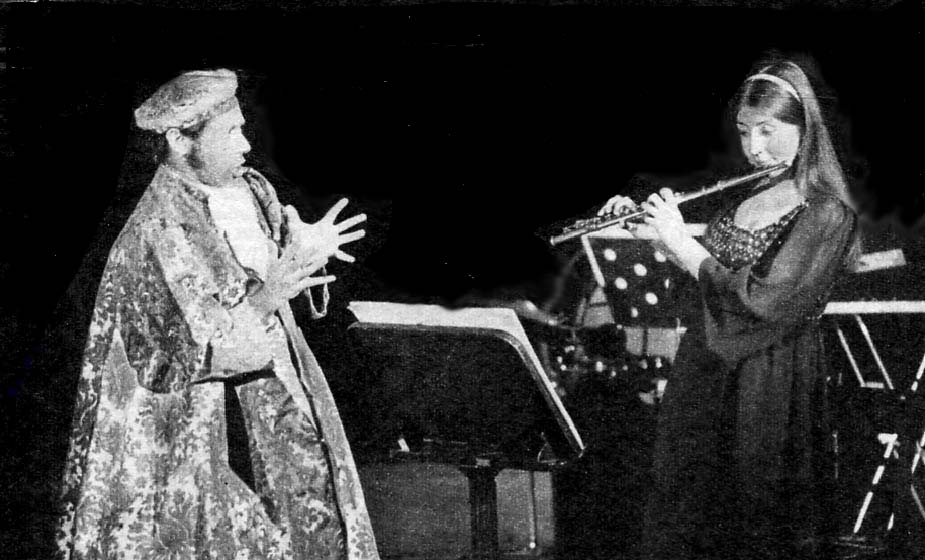
The
poems forming the text of this work were suggested by a miniature mechanical
organ playing eight tunes, once the property of George III. The King struggled
to teach his caged bullfinches to make the music which he could so rarely
torture out of his flute and harpsichord. He would sing to them with his ravaged
voice made inhuman by day-long soliloquies. The songs are to be understood
as the King's monologue while listening to his birds perform, and incorporate
some sentences actually spoken by George III. The flute, clarinet, violin
and cello represent the bullfinches that the King was trying to teach to sing.
In the performance the instrumentalists representing the birds sat within
spotlit golden cages.
Maxwell-Davies acknowledged that within his work, he had drawn on many styles
from different composers: Handel, Birtwistle, twenties foxtrot and other influences.
